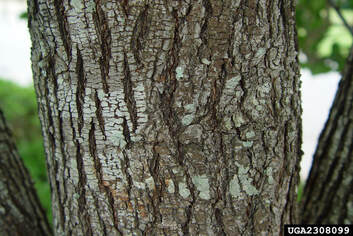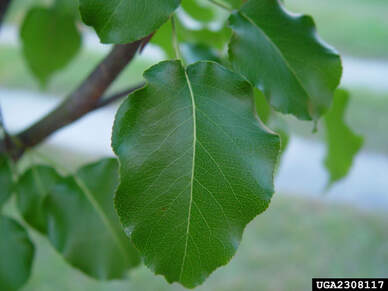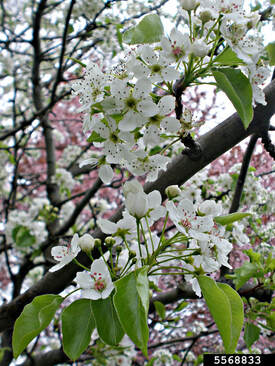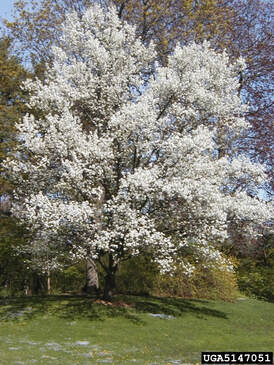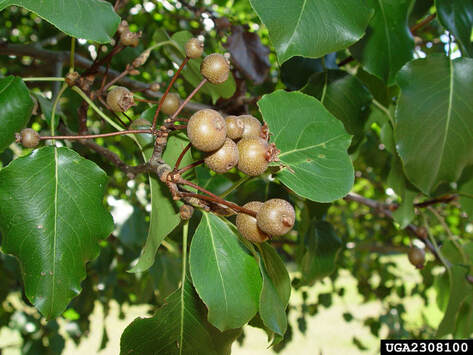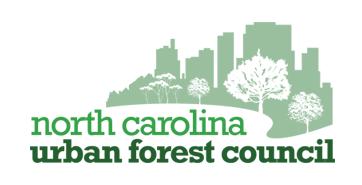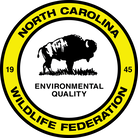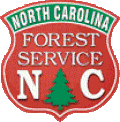Why should you replace your Bradford pear trees?
There are a few reasons why you should replace your Bradford pear trees.
They're invasive.
Bradford pear trees are not native to the United States. These trees are cultivars of the Callery pear, which was brought to the U.S. from China in the early 1900s in an attempt to hybridize them and improve disease resistance of pear trees. By 1950, the Bradford pear cultivar had been planted widely, and other cultivars have been produced since.
It was believed that these trees would not be able to spread. However, different cultivars are able to cross, allowing them to escape into our natural forests. These trees spread quickly, allowing them to outcompete native species. Because they produce leaves earlier than other trees, Callery pear trees can shade out native plants.
It was believed that these trees would not be able to spread. However, different cultivars are able to cross, allowing them to escape into our natural forests. These trees spread quickly, allowing them to outcompete native species. Because they produce leaves earlier than other trees, Callery pear trees can shade out native plants.
They're structurally weak (and annoying).
Bradford pear trees are structurally weak. These trees readily break during storms, creating an annoying mess for homeowners following wind, snow, or ice. Further, when these trees cross and escape into our native ecosystems, they often have thorns. These thorns are long and sharp, and they are even capable of popping tractor tires! The damage and annoyance that these trees cause is enough to make anyone want to chop them down.
They're stinky.
This tree might have pretty blooms, but this characteristic comes with a cost. Many people report that the flowers of the tree have a scent similar to rotting fish.
We have plenty of beneficial, native look-alikes.
The beauty of the Bradford pear may make you reluctant to let it go, but don't worry! We have plenty of native trees that have very similar blossoms, such as the flowering dogwood, black cherry, and serviceberry. Native trees are beneficial for our ecosystems, allowing other native species to flourish. Cut down your Bradford pear trees and get up to five free native trees at our event!
